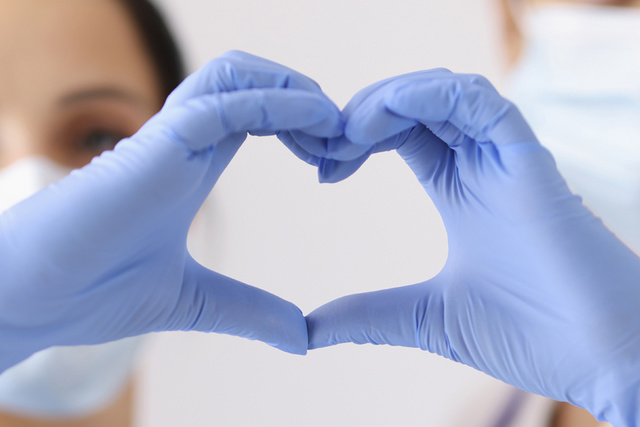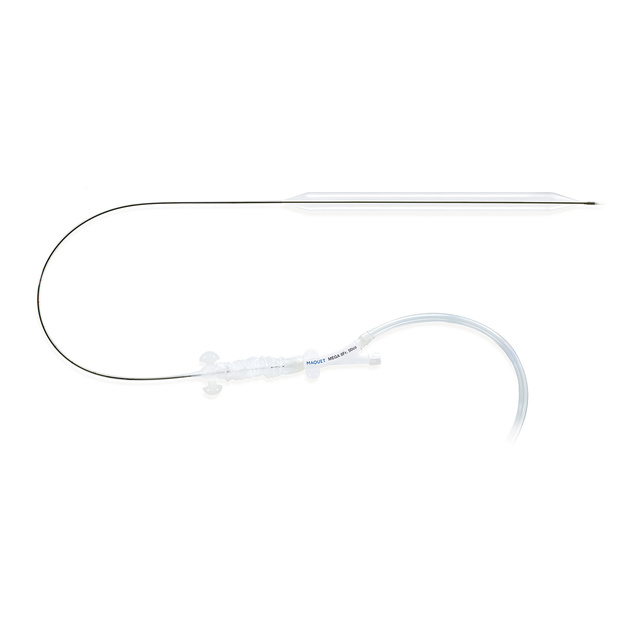
IABP Therapy: 50+ Years of Heart Support
The intra-aortic balloon pump (IABP) was the first and is still the most used mechanical circulatory support device.[2] Straightforward insertion, ready availability and low cost have made IAPB use common in the treatment of the acute heart failure. When positioned in a timely manner, it can play a critical role in the treatment of patients with acute ischemic Myocardial Infarction.[3]
Technical Sales - Product Specifications
-
Mega IAB Catheter 7.5 Fr. and 8 Fr. IAB Technical Specifications
Visit our Academy – training and education designed to enhance your proficiency
For more information about our onsite events or remote trainings, you can also contact your local sales & service representative.
